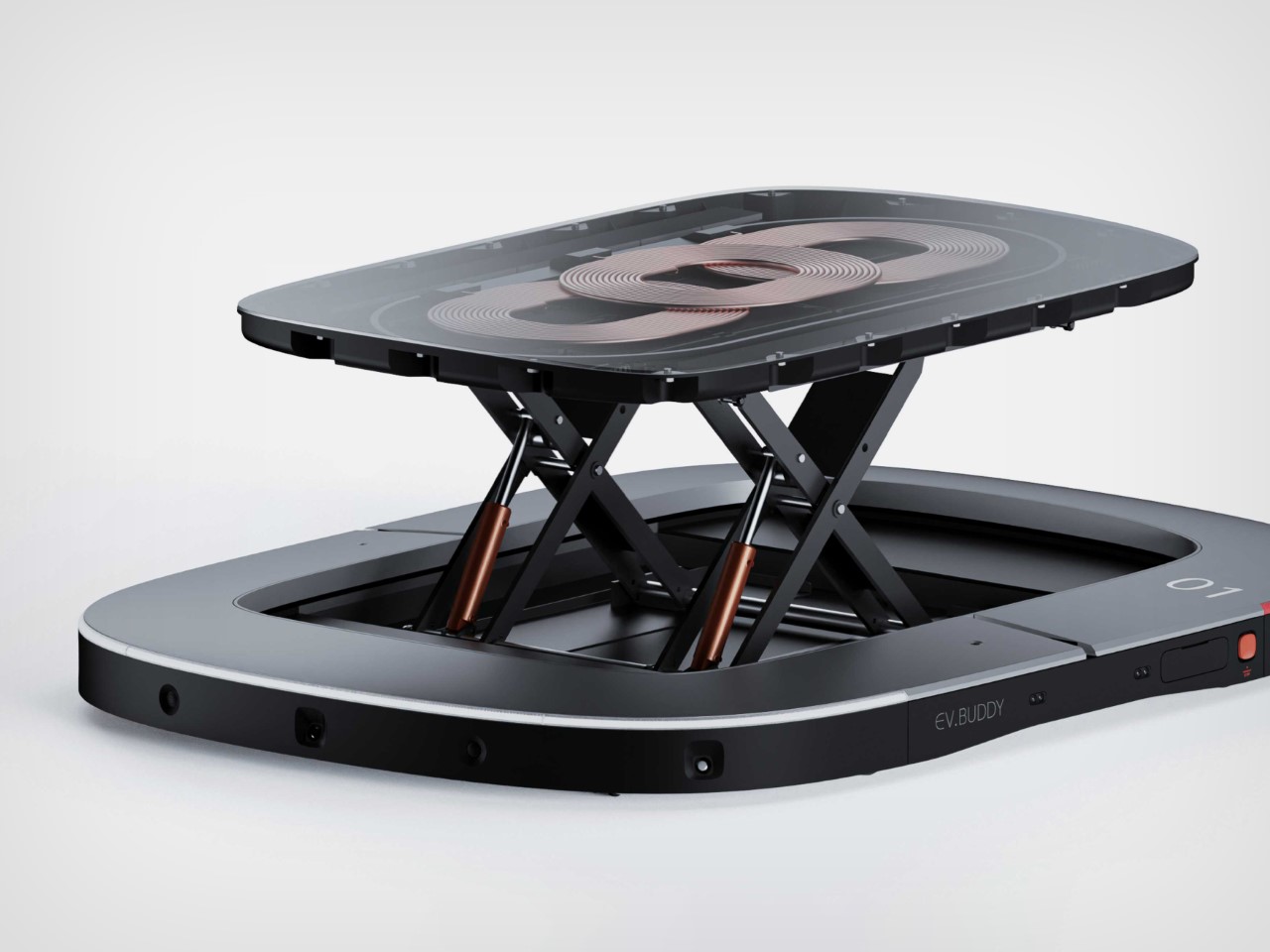
The Roborock Curv Is the Most Adaptable Robot Vacuum Ive Tried So Far
lifehacker.com
We may earn a commission from links on this page.Roborock introduced three new models this year from their upper-mid tier line, QRevo: the Curv, Edge, and Slim. The Curv and Edge only differ in the design of their docking stations, and the Slim has a shorter profile designed to go under more furniture. While all these models share the latest features, if you prefer the look of a curvy dock, youd choose a Curv; if you like hard edges, youd choose the Edge; and if you have a specific need for a robot with a shorter profile, youd choose the Slimbut you would give up a third of your suction power and some space in the water and dust bin capacity. It's worth noting that the Qrevo Slim is dramatically less expensive at $1,000 compared to the $1,600 Curv and $1,300 Edge. But the Curv has already become one of my favorite robot vacuums on the market. Its cutting-edge features include a chassis that can lift itself, and I was surprised how effective the Curv could be during a winter where my floors were being destroyed by muddy paw prints and constant debris. Roborock QRevo Curv Robot Vacuum and Mop $1,599.99 at Best Buy Shop Now Shop Now $1,599.99 at Best Buy Why the Curv is one of my favorite new robot vacuums Credit: Amanda Blum The first thing I noticed about the Curv is that it's far more compact than most docking towers. The Dreame L40, which I recently reviewed, was almost two feet tall, but the Curv stands at barely a foot tall, and it isnt any wider than any other model Ive seen lately, either. The soft arcs of the tower differentiate it from any other robot Ive tested this year, and if youre looking for something softer than the usual block-y robot towers, this is it.The tower comes more or less put together and ready to go, and it paired seamlessly to the app on the first try. It's also light and easy to move, and it comes with two hefty water containers, one for dirty and one for clean water. Unlike most docking towers Ive seen, the face of this dock doesnt come off; instead, everything is accessed through the lid. If I had to register any complaint about the docking tower, it would be that the design doesnt accommodate a place for cleaning fluid, which many contemporary docking towers do. Youll need to add it to your clean water each time you fill up.The most extendable vacuum sweep and a split roller design Credit: Amanda Blum There's a lot of new design under the robot vacuum itself, and I was immediately struck by the vacuum sweep. Most people don't think about vacuum bristles often, but the silicone bristles that grab debris are one of the most functional parts of a vacuum. Some models have added multiple sweeps, while others allow the sweep to extend farther from under the robot, but the Curv was the first to reduce the sweep arms from three to two, andto put the sweep on a protruding limb that can extend out to hug a wall. The result is a better job at clearing debris close to a wall. I only wish the Curv had a soft, immobile cloth on its bumper to clean baseboards like the Narwhal.The Curv features magnetic mop heads, which means the machine activates the magnet when it's running, but when the robot returns to the dock, the magnet drops the mop heads so they can be more thoroughly cleaned by the dock. To go one step further, these mop itself is actually detachable and can be thrown in the washing machine and reattached. Credit: Amanda Blum The Curv has a liftable chassis to get unstuckOne of the new design highlights is that the entire robot itself can lift itself by the front roller, and not just a little. When it runs into something like a rug or cord, the robot looks like its doing a pushup to get over the obstacle, and the back wheels have some bounce to them to help. The feature helped the robot navigate the mess of cords and dog toys under my couches, but it also meant the robot repeatedly tried to get into spaces beyond its scope. Instead of navigating around obstacles, the Curv occasionally tries to climb them instead, like when I watched it struggle around a lamp base and try to overcome an abandoned dog puzzle. In all cases, the robot recovered and went on its way.Many expensive robot vacuums do a middling job at overcoming obstacles, but the Curv handled them well, and the extending sweep did a great job of getting into corners and alongside walls.The bottom lineI used to think that two spinning mops, as featured on the QRevo models and most current robots, aren't as effective as one solid vibrating mop pad, but the Curv made me reevaluate my opinion. The Curv cleans well with the amount of water it uses, the pressure on its spinning disks, and the discs' reach. It isn't as good a job as the vacuum, but for most people and in most situations, this is going to be as good as it gets.The Roborock app alsos continues to be great, and while there weren't new innovations in this model that I could see, I continue to appreciate features like Pin and Go, where you put a pin on the map and the robot goes directly there; and remote control, which allows you to control the robot from your phone (mostly an aid in rescuing your robot vacuum from under your couch or other furniture).Id still love to see Roborock innovate a solution to sweep baseboards as the robot is moving along, and Id also like to see a receptacle for cleaning solution in the dock. But until theres a new S8 model, Id say this is the top of the line at Roborock, and worth the $1599 price tag.
0 Comments
·0 Shares
·105 Views











